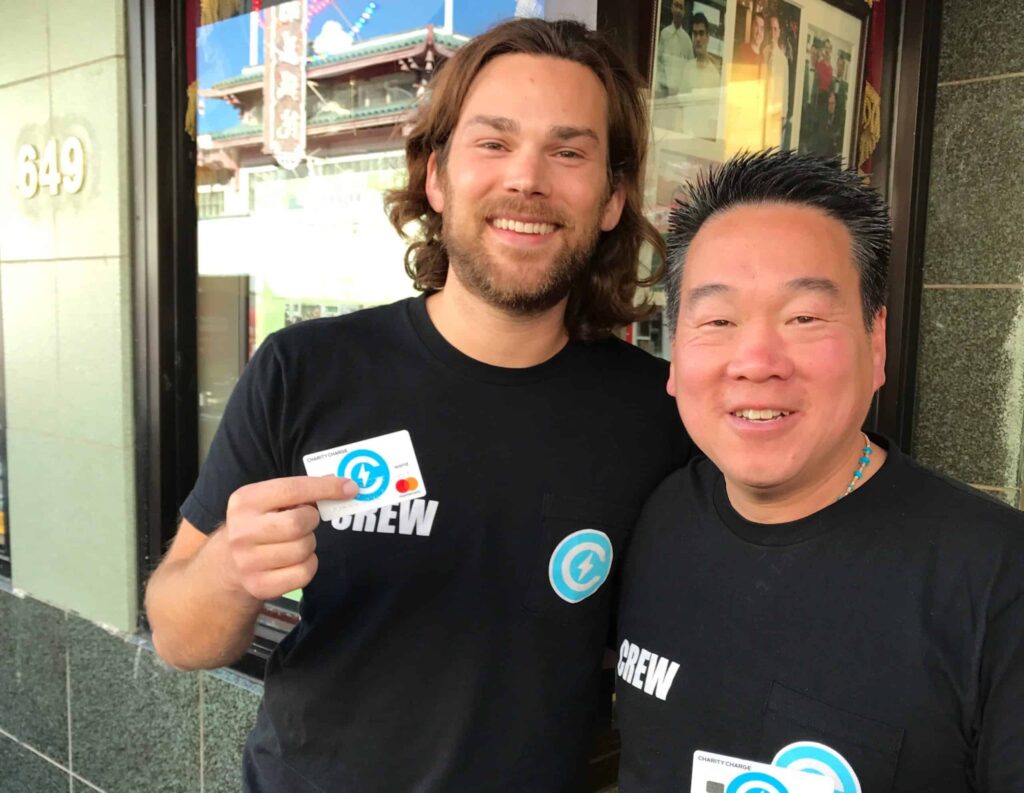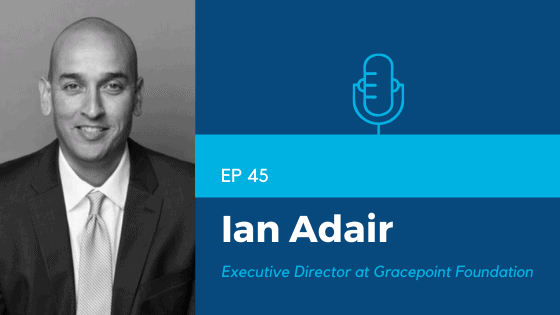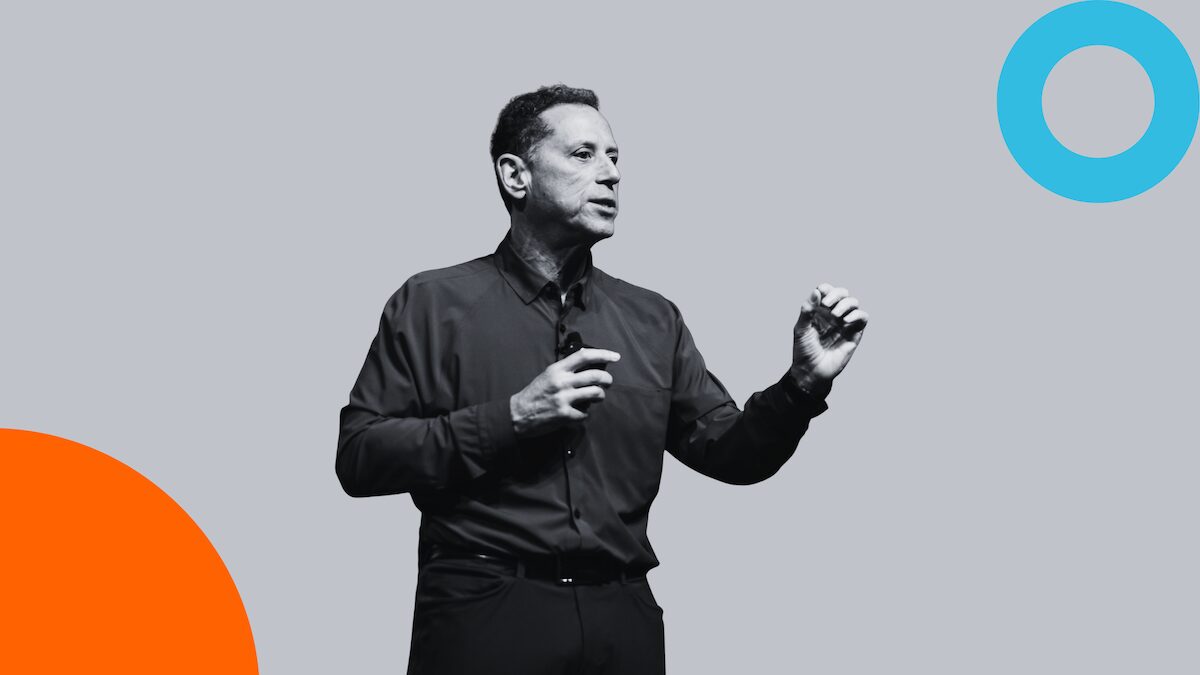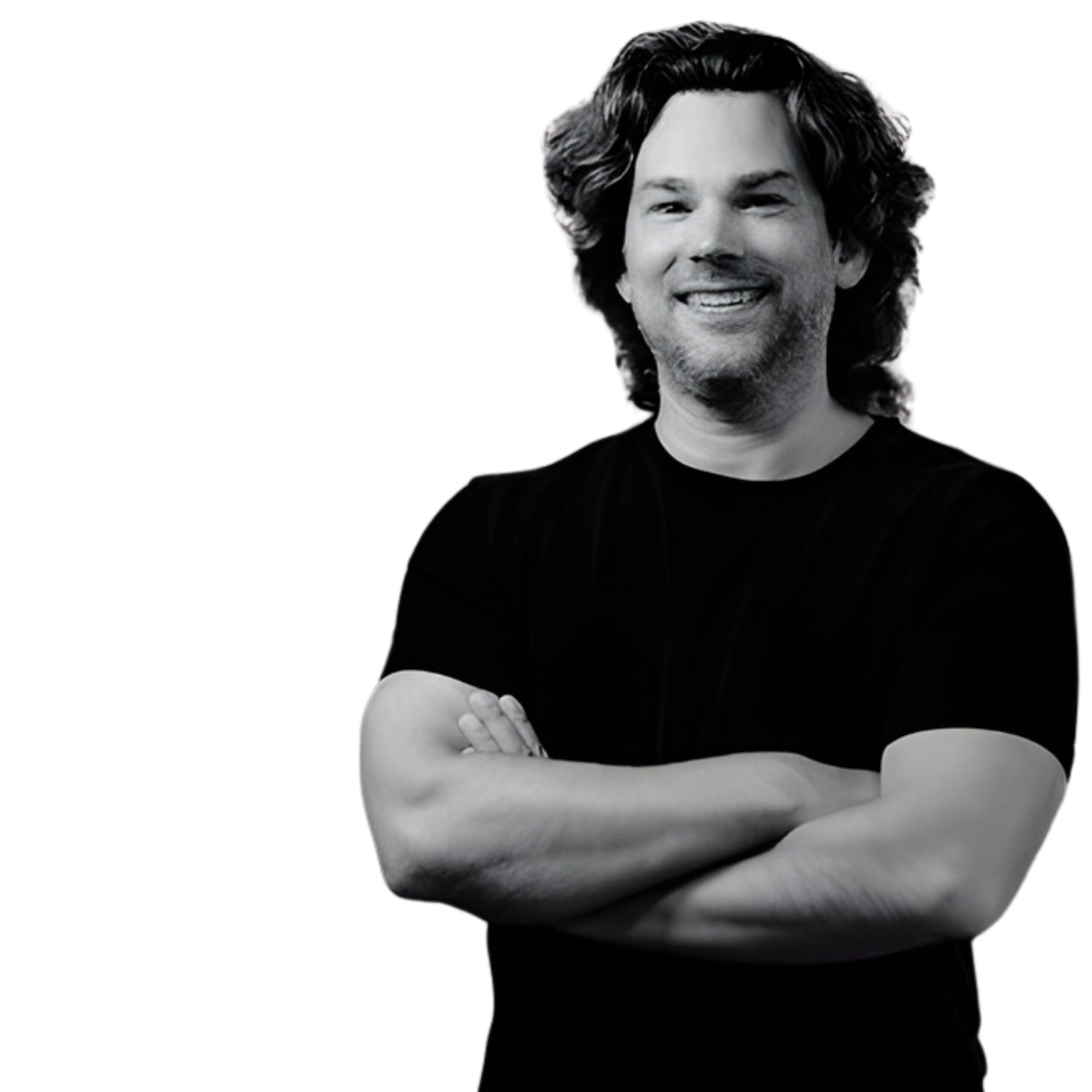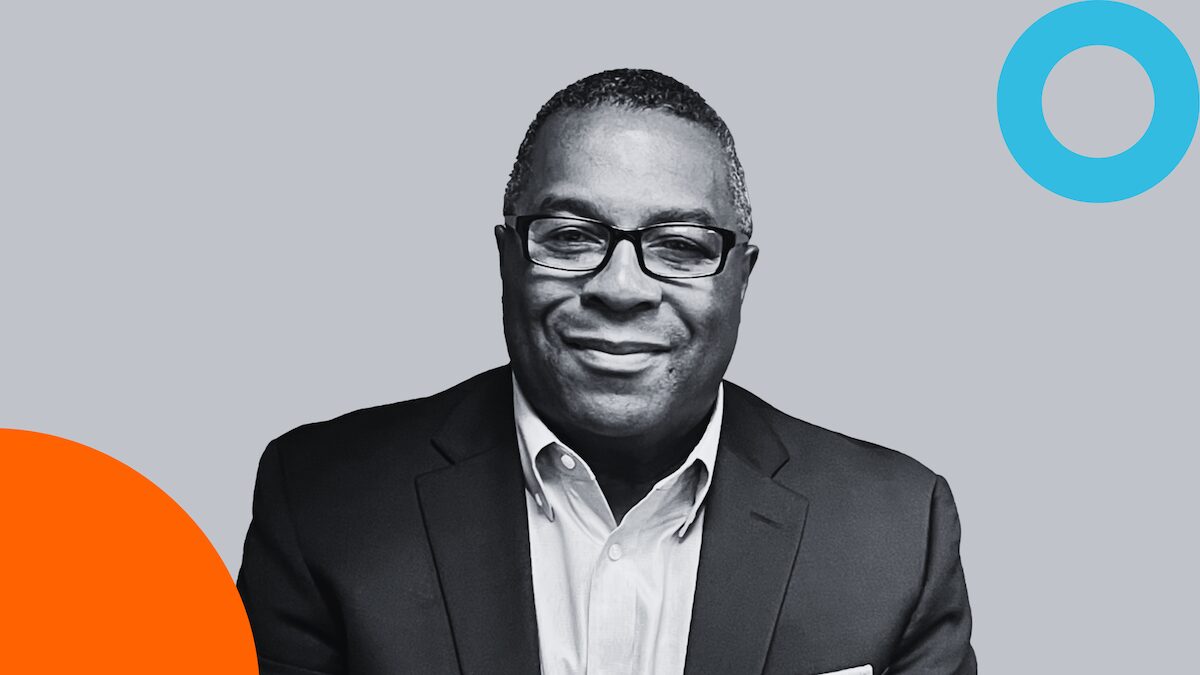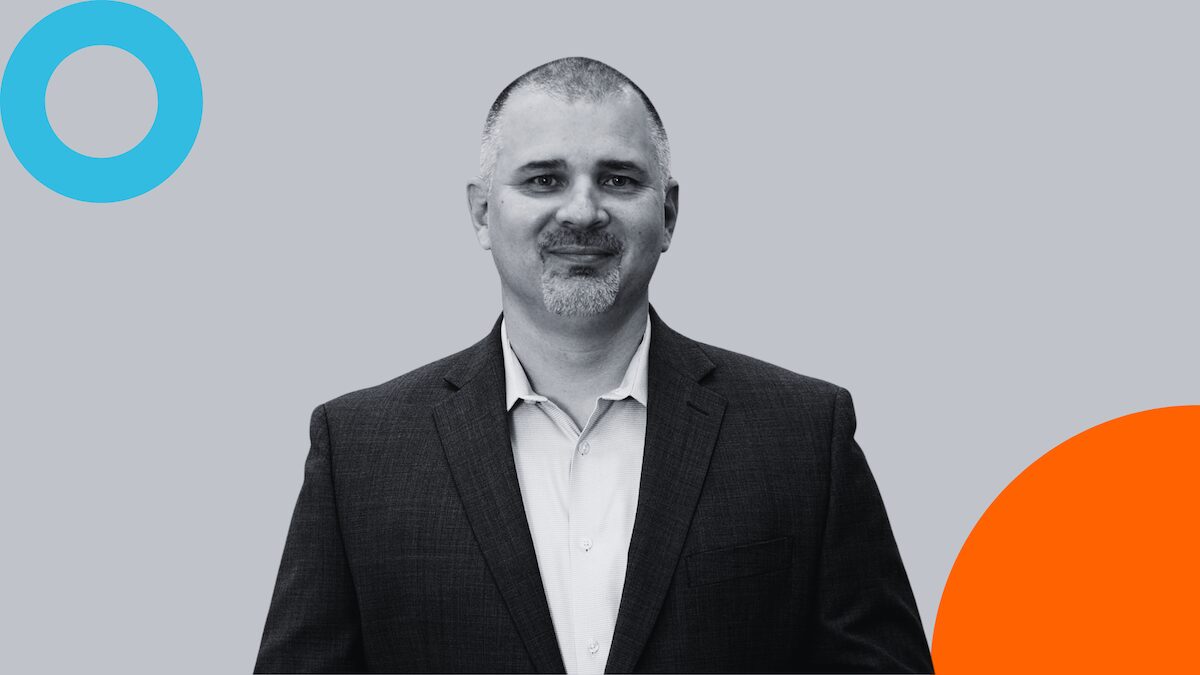In the latest episode of the Charity Charged Show, we sit down with Skyler Badenoch, CEO of Hope for Haiti, to explore the organization’s mission and its far-reaching impact in southern Haiti. With over 35 years of experience serving Haitian families, Hope for Haiti continues to transform lives through education, healthcare, clean water, and economic development.
A Mission Rooted in Community
Hope for Haiti works in partnership with 24 communities across the southern peninsula of the country, focusing on children, parents, and grandparents. Their work is carried out by a team of Haitian professionals—doctors, nurses, educators, and administrators—who serve more than one million people annually.
The organization’s core programs include:
- 📚 Education – Supporting 7,395 students and 386 teachers with scholarships, training, and resources.
- 🏥 Healthcare – Providing over 100,000 patient consultations each year through infirmaries and mobile clinics.
- 💧 Clean Water & WASH – Delivering access to more than 120 million gallons of safe drinking water.
- 💼 Economic Development – Strengthening families through microfinance programs and small business support.
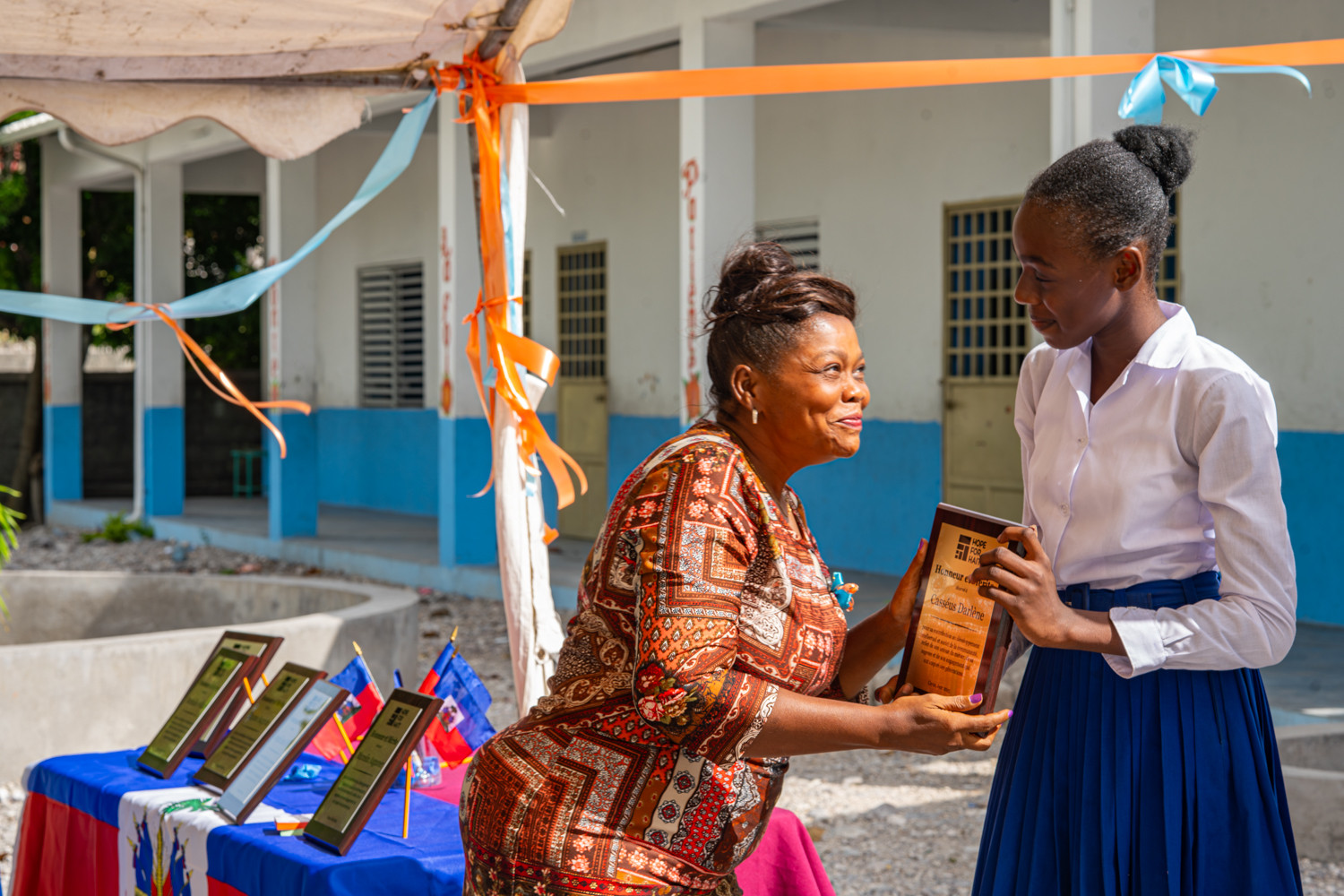
Skyler’s Journey: From Peace Corps to CEO
Badenoch’s path to Haiti began as a Peace Corps volunteer in West Africa, where he worked on water and sanitation projects. His first professional assignment brought him to Haiti in 2006, helping to build schools in fishing villages along the southern coast.
That hands-on experience shaped his leadership philosophy: “We are not there to save people like Janice—we are there to provide opportunity so families like hers can take it and thrive.”
Storytelling as a Tool for Change
Skyler emphasizes the importance of narrative in nonprofit leadership. Rather than positioning himself as the sole voice of Hope for Haiti, he highlights the stories of Haitian colleagues—the doctors delivering care, the logisticians transporting life-saving medicine, and even the accountants ensuring donor dollars are tracked with transparency.
“These are the true heroes of our story,” he says. “When donors hear directly from them, the impact resonates even more.”
Collaboration and Diversification
Hope for Haiti’s success is built on partnerships. From joint healthcare initiatives with organizations like the Dalton Foundation to long-term relationships with institutional funders, collaboration allows the organization to amplify its reach.
Equally important is diversifying revenue. Beyond large grants, Hope for Haiti nurtures monthly donors, mission-aligned events, and innovative channels such as cryptocurrency donations. This mix ensures resilience even in times of uncertainty.
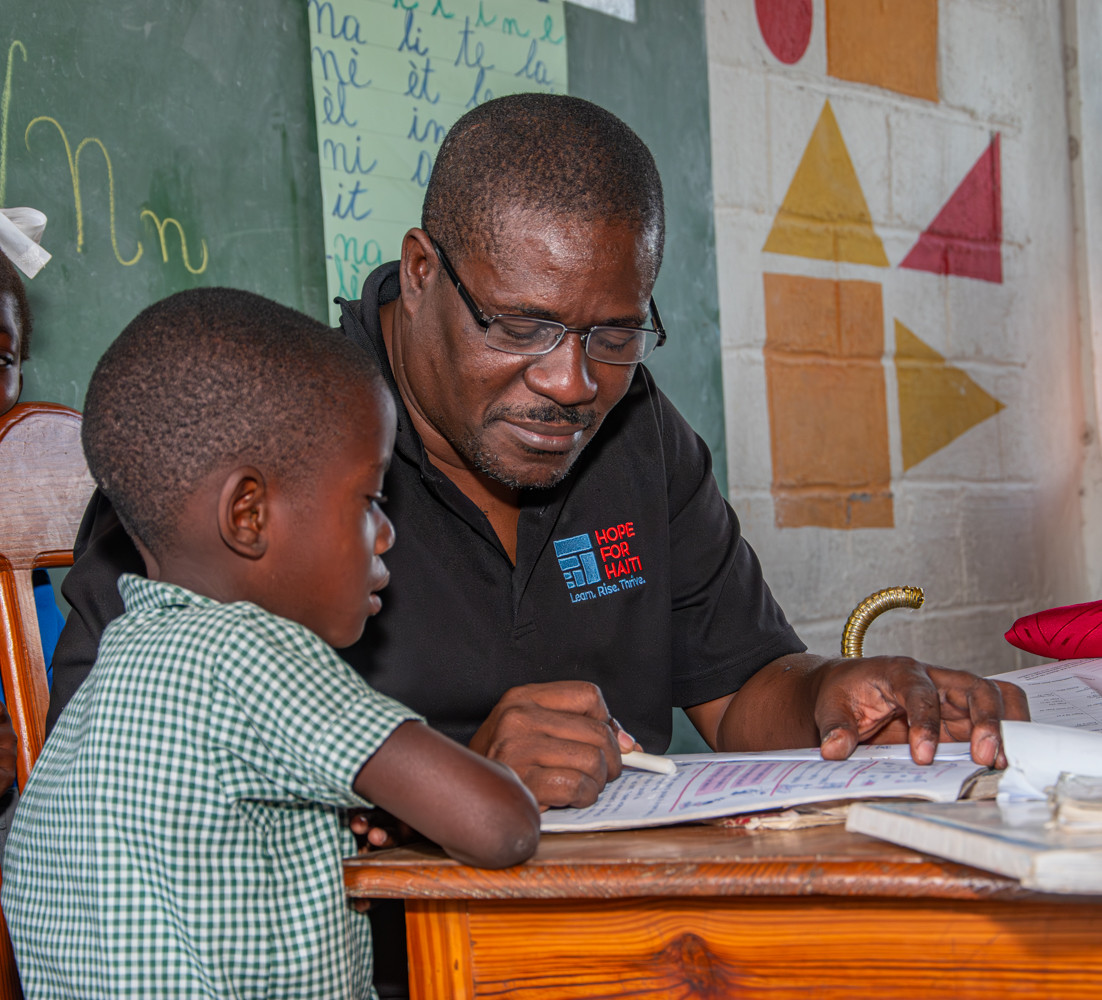
A Story of Generational Impact
One story that stands out is that of Lila and her daughter Janice, whom Skyler first met in 2007 during the construction of a school in Ravinesab. At the time, Janice was 12 years old and attending a makeshift classroom with dirt floors and a leaking tin roof.
Fast forward to today: Janice graduated from high school, earned a college scholarship through Hope for Haiti, and now works as an agronomist. Her journey exemplifies how long-term commitment can break cycles of poverty and create generational change.
Looking Ahead
Hope for Haiti is preparing to build a new healthcare campus and disaster preparedness facility to serve over 100,000 patients each year. From chronic disease management to maternal health, this project aims to provide lasting, large-scale impact for southern Haiti.
As Badenoch reminds nonprofit leaders, the key to sustaining this work is donor trust:
“Given the resources, we can do just about anything in line with our mission. But it all starts with building relationships, being transparent, and earning the trust of the people who believe in your work.”
How You Can Support Hope for Haiti
- Donate: Make a gift online or contribute via cryptocurrency, stock, or donor-advised funds.
- Attend an Event: Join their annual Vineyards in the Valley wine fundraiser in Scottsdale or participate in the Hike for Haiti.
- Advocate: Share their mission and stories to expand awareness of the positive work happening in Haiti.
Podcast Q&A Transcript
Q: For those who aren’t familiar, can you give us a snapshot of Hope for Haiti?
Skyler Badenoch: Hope for Haiti has been around for more than 35 years. Our mission is to improve the quality of life for children, parents, and grandparents in southern Haiti, with a particular focus on women and children.
We do this through four key program areas:
- Education
- Healthcare
- Clean water, sanitation, and hygiene (WASH)
- Economic development
Our work is led by a dynamic team of Haitian professionals—doctors, nurses, educators, administrators, and logisticians—who carry out the mission every single day.
Q: You’ve been working in Haiti since 2006. What first inspired you to pursue this line of work?
Badenoch: It started with my time as a Peace Corps volunteer in West Africa, working in water and sanitation. That experience gave me the foundation for this career. Later, I attended graduate school for international development and joined an organization called Build On. My first assignment was launching a school construction program in Haiti.
I had the responsibility to choose where we built schools, which communities to partner with, and who to hire. I was hands-on—carrying rocks, digging foundations, working alongside parents. That experience grounded me in the mission, and I’ve been committed to Haiti ever since.
Q: How do you balance being “boots on the ground” with leading at the organizational level? Do you miss that field work?
Badenoch: Absolutely. I make it a priority to be in Haiti at least once a quarter. Being there grounds me. It connects me to the mission, inspires me, and gives me real stories to share with donors. Fundraising is hard, but when I’ve just seen the work firsthand, it feels more effortless.
While violence dominates the narrative of Haiti, much of the country is filled with families sending their kids to school, teachers working hard, and communities building opportunities. Being present keeps me connected to that reality.
Q: You’ve emphasized the power of narrative. How do you approach storytelling as CEO?
Badenoch: I don’t see myself as the voice of Hope for Haiti. I’m one voice among many. The real heroes are our doctors, nurses, logisticians—sometimes even our accountants, because they safeguard donor trust.
My role is to create a platform for their stories. Donors are inspired when they hear about a nurse delivering care in a rural clinic or a logistics officer finding a way to get insulin through difficult conditions. Those stories are authentic, and they show that Haiti is more than just tragedy—it’s also resilience, beauty, and opportunity.
Q: Can you share a story that captures the long-term impact of your work?
Badenoch: One that stands out is from a community called Ravinesab. Back in 2007, I helped break ground on a school there. I met a mother, Lila, and her daughter Janice, who was 12 at the time.
Fast forward to today—Janice graduated high school, received a Hope for Haiti scholarship, earned a college degree, and now works as an agronomist. She just had a baby and is building her life.
That story reminds me that we’re not there to “save” people. We’re there to create opportunities so families like Lila’s can thrive. It’s about generational change.
Q: Since stepping in as CEO in 2017, Hope for Haiti has grown significantly. What has driven that growth?
Badenoch: Honestly, part of it is stepping out of the way and empowering people. We’ve built on the foundation set by those who came before us, especially our founder’s family, who transitioned leadership in a healthy, supportive way.
We’ve also prioritized strong leadership within the team, giving people autonomy to make their mark. That’s created room for growth and innovation.
Q: Staffing is always a challenge in the nonprofit sector. How do you attract and retain great people?
Badenoch: For us, it comes down to three things:
- Purpose – Are we doing meaningful, mission-driven work?
- People – Do we enjoy working together, and does one person’s success feel like everyone’s success?
- Pay – We strive to offer competitive salaries, targeting the 75th percentile in our field.
We also invest in leadership development and often promote from within. Several of our senior leaders started in entry-level roles. That kind of growth keeps people committed.
Q: Collaboration seems to be a core value for Hope for Haiti. What does that look like in practice?
Badenoch: Collaboration is central to everything we do. We work with more than 60 healthcare partners in Haiti, and we also collaborate with donors, foundations, and other nonprofits.
One example: we partnered with the Dalton Foundation to raise $2 million, which allowed us to import $200 million worth of donated medicine. That’s the kind of multiplier effect collaboration can have.
Of course, not every partnership works out. But when it does, it’s powerful.
Q: Fundraising is always top of mind for nonprofit leaders. What lessons have you learned?
Badenoch: Diversify your revenue. If you rely too heavily on one funder, like USAID, and that funding goes away, you’re in trouble.
At Hope for Haiti, we rely on:
- Monthly donors giving $50 or more
- Major donors giving $10k–$50k annually
- Institutional grants from foundations
- Mission-aligned special events
- Even cryptocurrency donations
Events, in particular, are less about the money raised that night and more about the long-term relationships that follow.
Q: Looking ahead, what’s your vision for Hope for Haiti?
Badenoch: In the short term, our priority is funding our $4 million budget and managing $30 million in donated medication. Looking forward, we’re working on a new healthcare campus and disaster preparedness facility in southern Haiti. This campus will serve more than 100,000 patients every year—providing screenings, chronic illness care, and life-saving treatment.
Q: Finally, what advice would you give nonprofit leaders listening to this?
Badenoch: Donor trust is everything. Invest in the systems—audits, financial transparency, strong governance—that make trust possible. They may not be flashy, but they provide the foundation for growth and sustainability.


